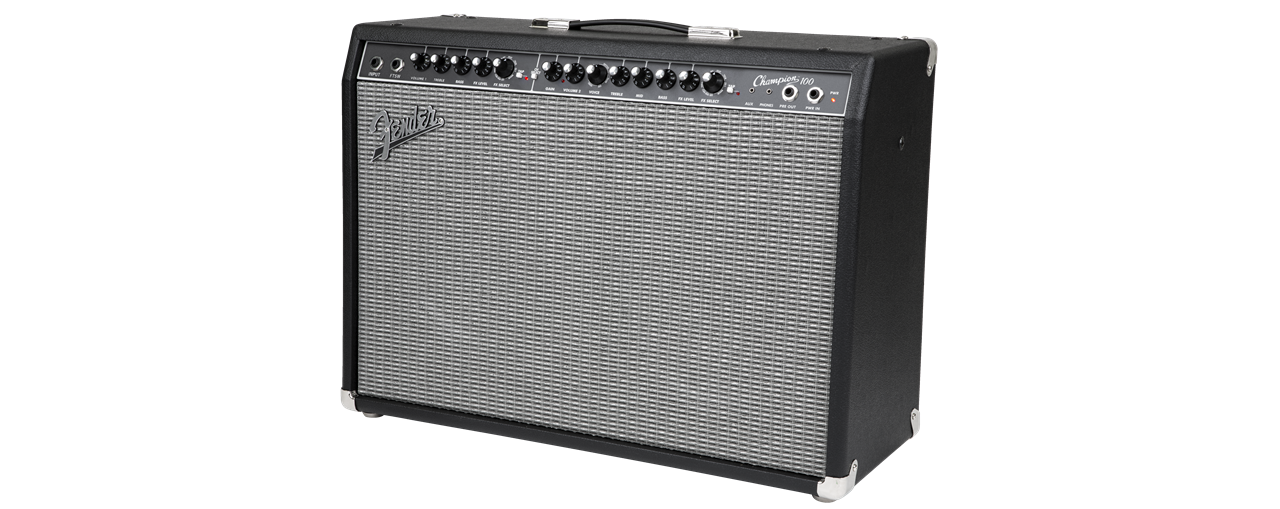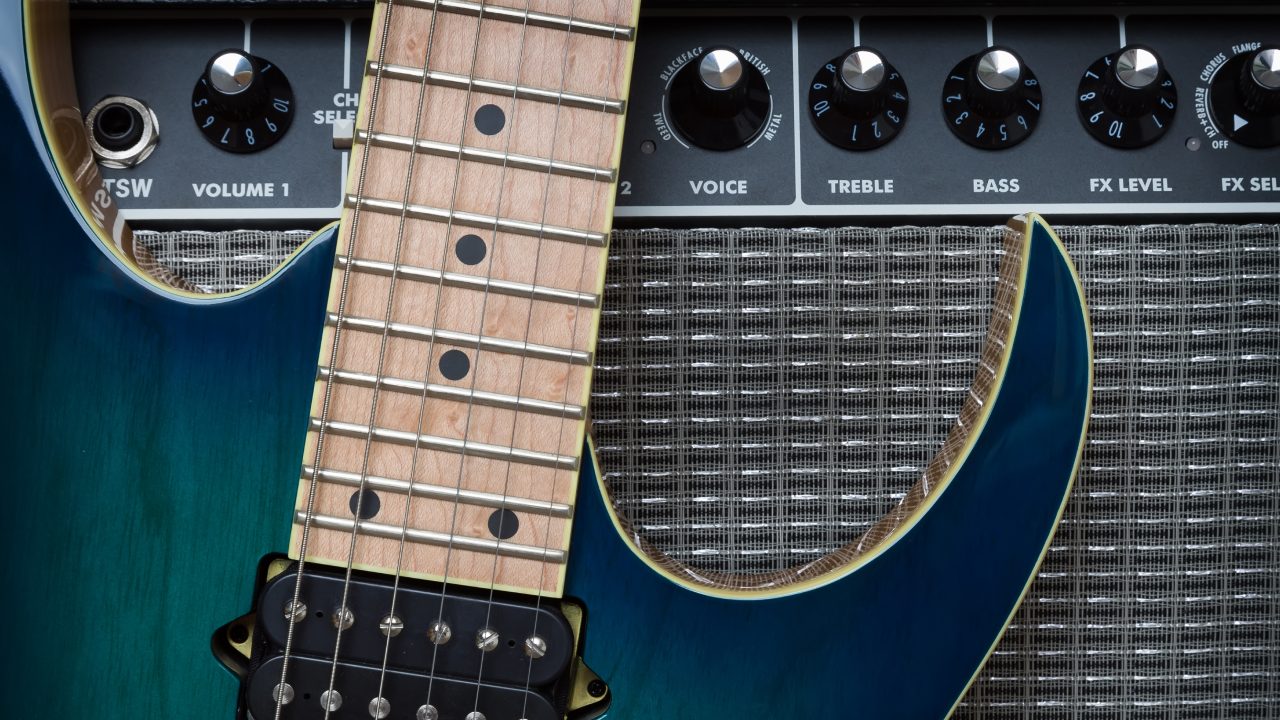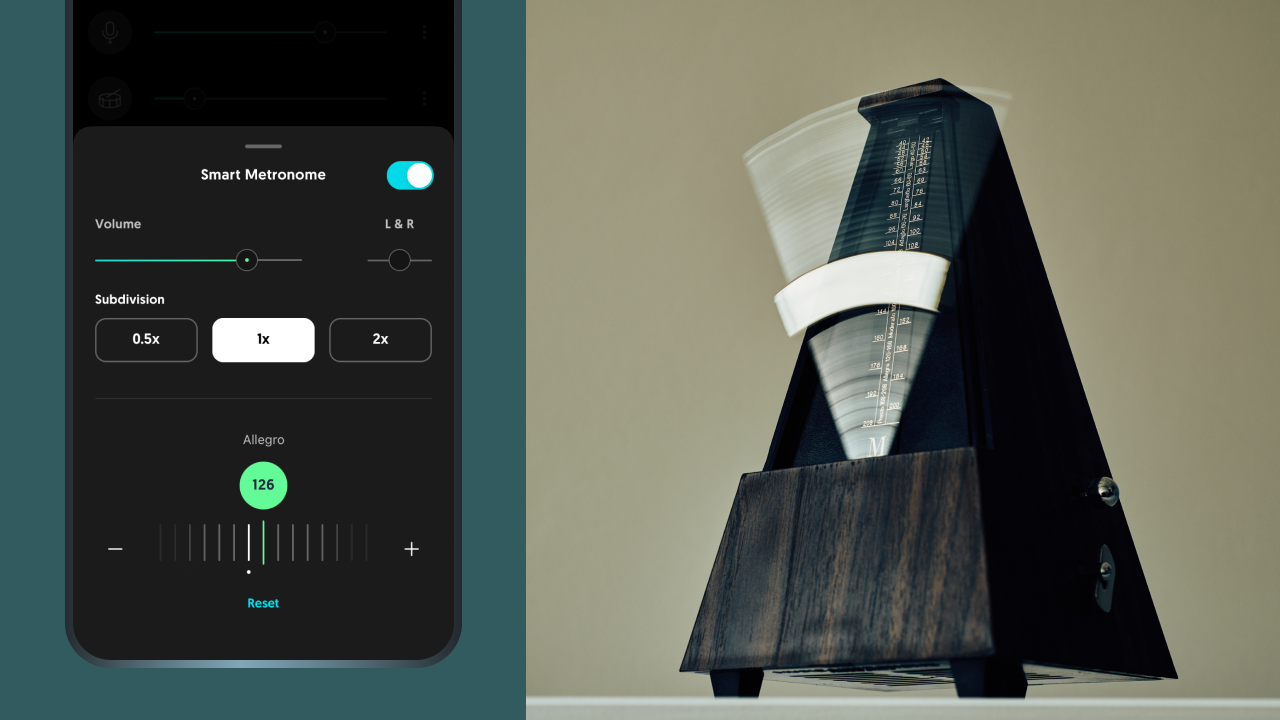Knowing the best guitar amps gives you a head start. After all, this can make a huge difference in your sound. But there’s no one-size-fits-all answer. For instance, some genres work best with tube amplifiers, while others do great with solid-state amps.
However, the most important aspect is likely personal preference. What kind of sound do you love? Other than that, gigging needs, portability, durability, and budget are the key aspects to consider.
This guide will help you find the perfect amp. We’ll cover the best guitar amps for different needs. So tune in!
The legendary guitar amp makers: Fender, Vox, and Marshall
These brands are not only known for making some of the best guitar amps; they’re also iconic overall.
Fender, Vox, and Marshall were part of the electric guitar revolution and gave us significant musical contributions. Many top artists in the past relied on their products, which are still popular with today’s musicians.
The amps they craft are unique and linked to their identities. However, while knowing the key traits of each brand helps, some models blur the lines between those traits.
It’s also worth noting there’s lots of overlap as to what you can obtain with each brand. Besides, a skilled guitarist can achieve various tones with the same amp — so don’t worry too much if you want versatility.

Fender
Fender shaped the electric guitar sound, defining the classic American style. The signature traits of their amps include:
- Clean tones: Fender is notorious for its pristine, shimmering, clean tones. Think blues, surf rock, country, and the sparkling highs in funk and pop rhythm parts;
- Warm overdrive: When pushed, Fender amps produce a smooth, warm overdrive that’s ideal for classic rock and blues. It’s less aggressive than a Marshall;
- American sound: The classic “American” guitar tone is often associated with Fender amplifiers.

Vox
Vox powered iconic bands like The Beatles, forming the signature sound of British rock. Here are their amps’ highlights:
- Chimey midrange: Vox amps are well-known for their chiming, bell-like top end with a pronounced midrange. This aspect makes them perfect for jangly rhythm work and cutting leads — akin to the style of bands from the British Invasion, like The Beatles;
- Early breakup: Vox amplifiers tend to break up (overdrive) earlier on the volume dial compared to Fender. By doing so, they deliver a responsive, dynamic sound that interacts well with your guitar’s volume knob;
- British sound: The archetypal “British” guitar tone is often heavily associated with the Vox AC30.

Marshall
As for Marshall, it just about defined hard rock and heavy metal with its crunch and volume. Their amps’ key features are:
- Heavy crunch: Kings of crunch, Marshall amps have a thick, saturated, and powerful overdrive. Think classic rock, hard rock, and many varieties of metal;
- Loud volume: Marshalls are known for their volume and ability to cut through a mix. No doubt, they’re handy if you really want to be heard and felt;
- British sound: Along with Vox, Marshall amps helped define the sound of British rock.
What’s the difference between solid-state and tube amplifiers?
Most guitar amplifiers you’ll find in music shops are either solid-state or tube. There are also hybrid amps, which combine both technologies. The two differ mainly in how they’re built, tone, and how they handle amplification and distortion. Choosing between them depends on your budget, preferred genre, and performance needs.
Here’s what you need to know about tube amplifiers:
- Sound: They tend to sweeten the sound of distortion as the volume increases, providing a pleasing, musical quality to the distorted tones;
- Response to dynamics: A tube amp is highly responsive to the nuances of a player’s touch, adding expressive power through their natural compression;
- Maintenance: Tube amps require occasional tube replacements and may be more delicate, making them potentially less ideal for rigorous touring;
- Suitable genres: Guitarists often pick them for genres like blues and classic rock, along with other vintage styles, due to their warm, rich tones.
As for solid-state amplifiers, these are the key points:
- Sound: These amps offer a cleaner, more consistent sound — which works well for genres that call for pristine clarity, like jazz and country. Some argue that solid-state amps lack the organic feel of tube ones. But that’s not quite the case now, as technology updates have greatly improved their sound;
- Durability and portability: In general, solid-state amps are more durable, lighter, and easier to transport than tube models. This is a big plus for gigging musicians;
- Maintenance: They’re low-maintenance compared to tube amps since there are no tubes that wear out and need replacement;
- Price: Their prices tend to be lower, appealing to beginners or those avoiding pricey options.
About digital modeling amps
Modeling guitar amps can often mimic (very well) the sound and feel of specific tube amplifiers. As a result, some people wonder if they actually contain tubes.
But the answer is no: instead, they use digital processing technology to copy plenty of sounds — like the traits of the tube and classic solid-state amps, as well as different sound effects. So technically, digital amps are in the solid-state group.
Since their high adaptability makes them perfect for experimenting with different sounds, some musicians see these models as the best guitar amps.
Combo amps versus separate head and cabinet: which one is better?
Combo amps, uniting the amplifier head and speakers, are popular for their convenience, especially among beginners and intermediate players. Meanwhile, separate head and speaker cabinet setups allow flexibility by mixing and matching different units. For simplicity and portability, choose combo amplifiers. For more variety and power, opt for separates.
Some of the best guitar amps per category
Choosing from the best guitar amps on the market can be a daunting task, given the many options available. But breaking down the endless list into categories can help you focus on your preferences and needs.
Now, let’s dive into our picks for the best amps in different categories.
Best guitar amps for versatility
Versatile amps use advanced tech to give you a wide variety of sounds. Therefore, they fit with various musical genres and playing styles. Next, check out two series guitarists love.
Boss Katana Mkll Series
First, let’s look at a globally popular choice: the Boss Katana MkII Series, with digital modeling combo amps. Some aspects that make Katanas stand out are:
- Amazing variety in tones (clean, crunch, high gain);
- Numerous and customizable effects;
- Ease of use;
- Great added value for the price.
Fender Mustang GTX Series
The Mustang GTX Series gives you a large library of amp models. These copy classic Fenders, other popular brands, and modern high-gain amps. They also feature a wide array of effects, providing an interesting way to experiment.
Best options for beginner guitarists
If you’re just starting out, you want a small, easy-to-use amp packed with features. So check out our top three picks for the best beginner guitar amps.
Positive Grid Spark
This is a compact combo amp that packs a surprising number of features. They include:
- Amp modeling;
- Effects;
- A built-in tuner;
- Bluetooth connectivity for jamming along to backing tracks.
Yamaha THR Series
The desktop-style modeling amplifiers from the THR Series focus on realistic amp modeling and high-quality effects in a format perfect for home practice. Known for their excellent sound at low volumes and user-friendly controls, they also function as great audio interfaces for recording.
Blackstar Fly 3
This solid-state, battery-powered combo amp is tiny and has a carry handle. Despite the size, it includes tone controls, a delay effect, and even an MP3/line-in for jamming along. Combined, these traits make it one of the best mini guitar amps.
Best solid-state amps
As we covered before, solid-state amplifiers offer robust performance, reliability, and often come at a more affordable price point. Here are a couple of top choices in this category.
Roland JC-40 Jazz Chorus
The JC-40 is known for its clean, bright sound. Besides, the built-in stereo chorus effect adds a beautiful shimmer and dimension to the sound, making it perfect for cleaner music styles.
Orange Crush Series
Oranges are loved for their crunchy rock and blues tones. The Crush Series gives you that classic Orange sound in a simple, cost-effective package.
Best budget modeling amplifiers
Are you on a budget but still looking for high-quality? If so, you’ll probably like both series listed below.
Blackstar Silverline Series
These models use advanced tech to sound like classic tube amps while keeping a competitive price. They also provide deeper control over amp parameters, which experienced players enjoy.
Line 6 Spider V Series
The Spider V Series is another great budget modeling option. It gives you a massive range of electric guitar amp models and effects for a budget-friendly price. With user-friendly interfaces that include presets, it’s good for beginners and guitar players who wish to explore a wide sound spectrum.
Best tube amps
Next are some high-end, all-tube amplifiers known for their superior quality. In fact, professional musicians often choose them.
Fender '65 Princeton Reverb
Let’s start with a classic: the Princeton Reverb. This traditional Fender design has warm, dynamic, clean tones and lush spring reverb.
Hand-wired versions and vintage originals command high prices due to their exceptional quality and historical value.
Vox AC15/AC30
For a distinctly British flavor, go with the AC15 and AC30. These are icons of British rock, with chimey, harmonically rich sounds when pushed into overdrive.
These are typically combo amps, though separate head and cabinet versions exist. Either way, these Vox amplifiers are revered for their responsiveness and classic tone.
Marshall Origin Series
The Origin series delivers classic Marshall rock tones in relatively affordable packages. Both combo and separate setup options are available.
Players seeking those iconic Marshall sounds prize them even though they are not hand-wired. After all, they provide an authentic tube amp experience.
To wrap it up
Picking the best amp is about aligning your choice with your skill level, the musical genres you play, and your preferences. The purchase also needs to fit your performance and practice needs — and, of course, your budget.
Marshall, Fender, and Vox are famous for good reasons. But the guitar world is vast, as is the range of amplification options; so you don’t have to limit yourself to these brands.
Ultimately, there’s no single answer about the best guitar amps. Yet certain names appear repeatedly, like the ones listed here. Hopefully, this guide helped you out!
Now that you know some of the best guitar amps, learn why Moises is the best app for guitarists!






